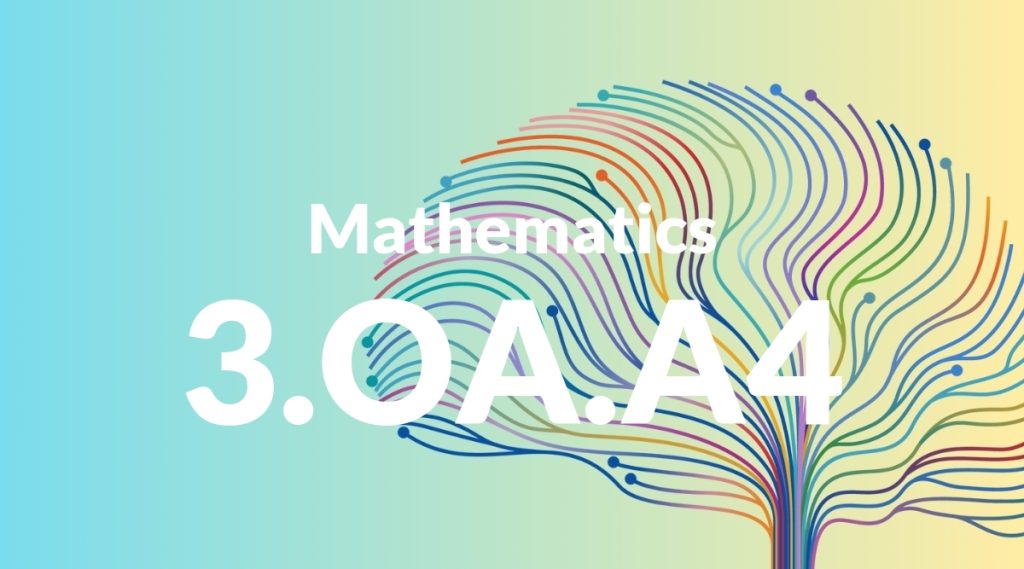Standard: 3.OA.A4 – Determine the unknown whole number in a multiplication or division equation relating three whole numbers. For example, determine the unknown number that makes the equation true in each of the equations 8 _ ? = 48, 5 = _ Ö 3, 6 _ 6 = ?
Grade level: Grade 3
Subject: Mathematics
Domain: Operations & Algebraic Thinking
Teacher Overview
This standard focuses on helping students determine unknown whole numbers in multiplication and division equations. It is crucial as it builds a foundation for algebraic thinking and problem-solving skills that will be used in higher grades. Students should have a solid grasp of basic multiplication and division facts. They should also understand the concept of equal groups and be able to perform simple calculations.
Mastering this standard will enable students to tackle more complex algebraic concepts and solve real-world problems involving unknowns in equations.
Common Misconception 1
Some students may think that the position of the unknown number in an equation is irrelevant. This is incorrect because the position of the unknown determines the operation needed to solve the equation.
Intervention 1
Use visual aids like number lines and arrays to demonstrate how the position of the unknown affects the solution. Provide hands-on activities with manipulatives to reinforce this concept.
Common Misconception 2
Students might confuse multiplication and division when solving for unknowns, thinking they are interchangeable. This is incorrect because each operation has a distinct role in an equation.
Intervention 2
Provide practice with a variety of equations and use real-world examples to show the practical differences between multiplication and division. Reinforce the relationship between the two operations through repeated practice.
Prerequisite Knowledge
Students should have a basic understanding of multiplication and division, including the ability to perform simple calculations. They should also be familiar with the concepts of equal groups and repeated addition.
Subsequent Knowledge
After mastering this standard, students will be able to solve more complex equations involving unknowns, understand the properties of operations, and apply these skills to solve word problems involving multiplication and division.
Instructional Activities
- Use manipulatives to create and solve equations with unknowns.
- Practice solving equations with unknowns using interactive online tools.
- Work in pairs to solve word problems that involve finding unknown numbers in multiplication and division equations.




